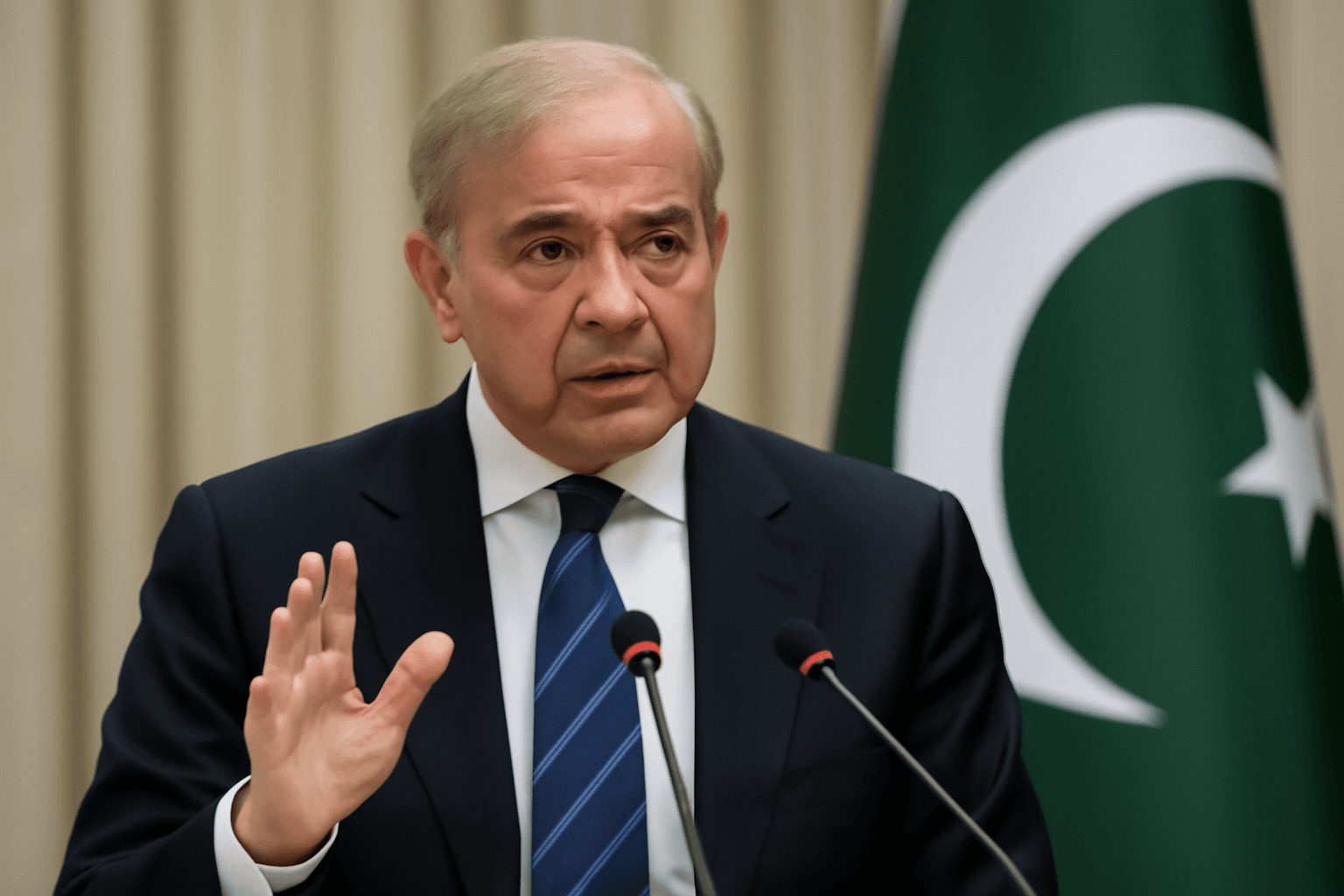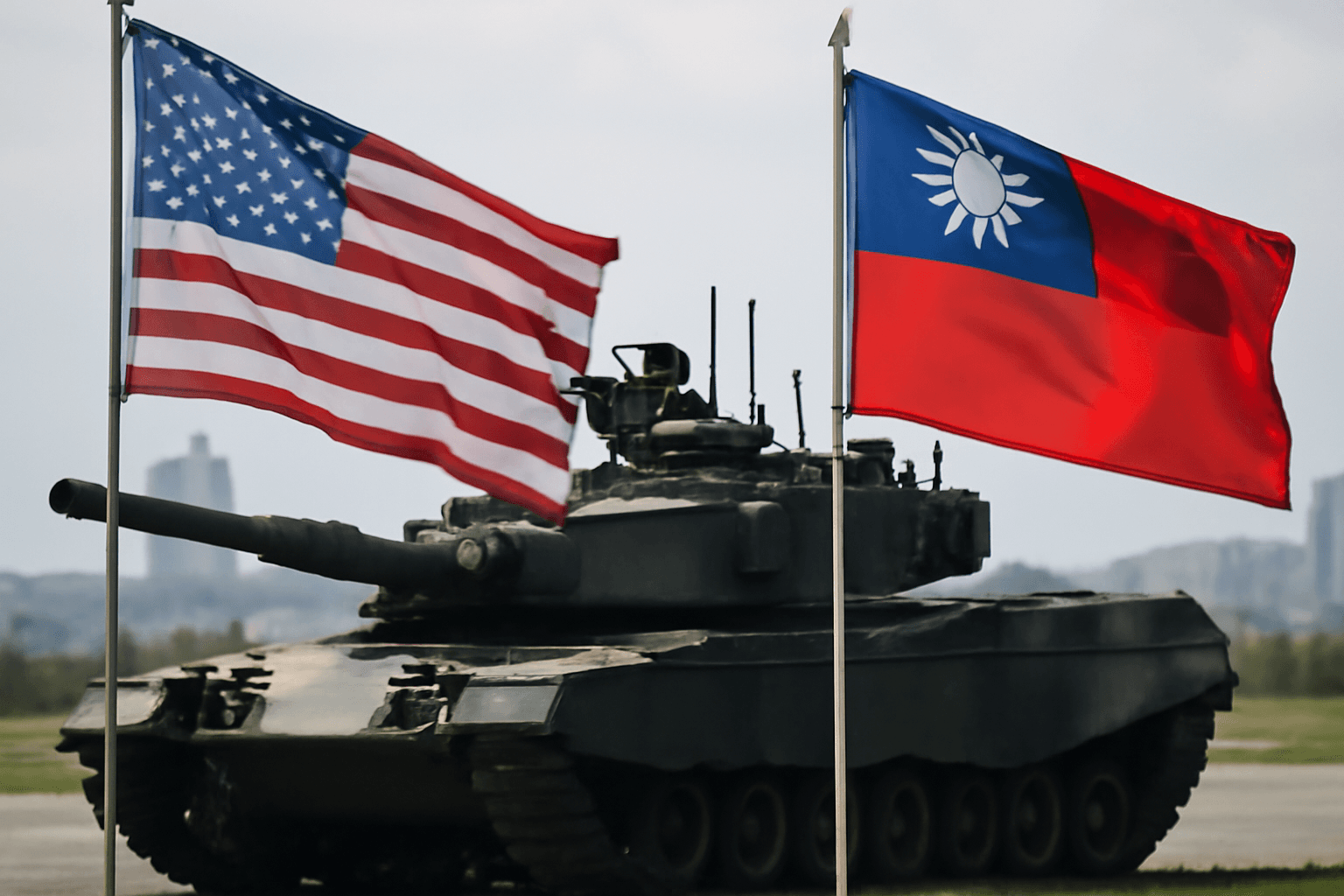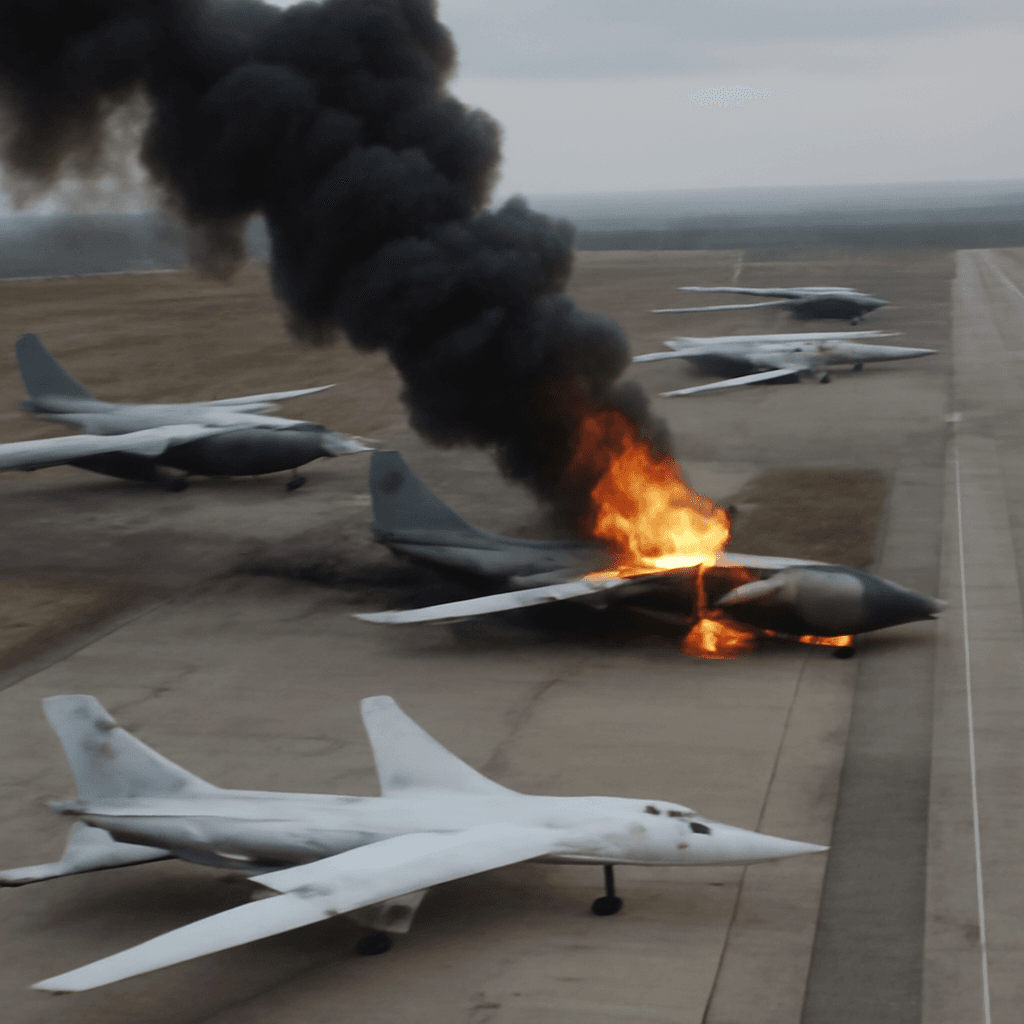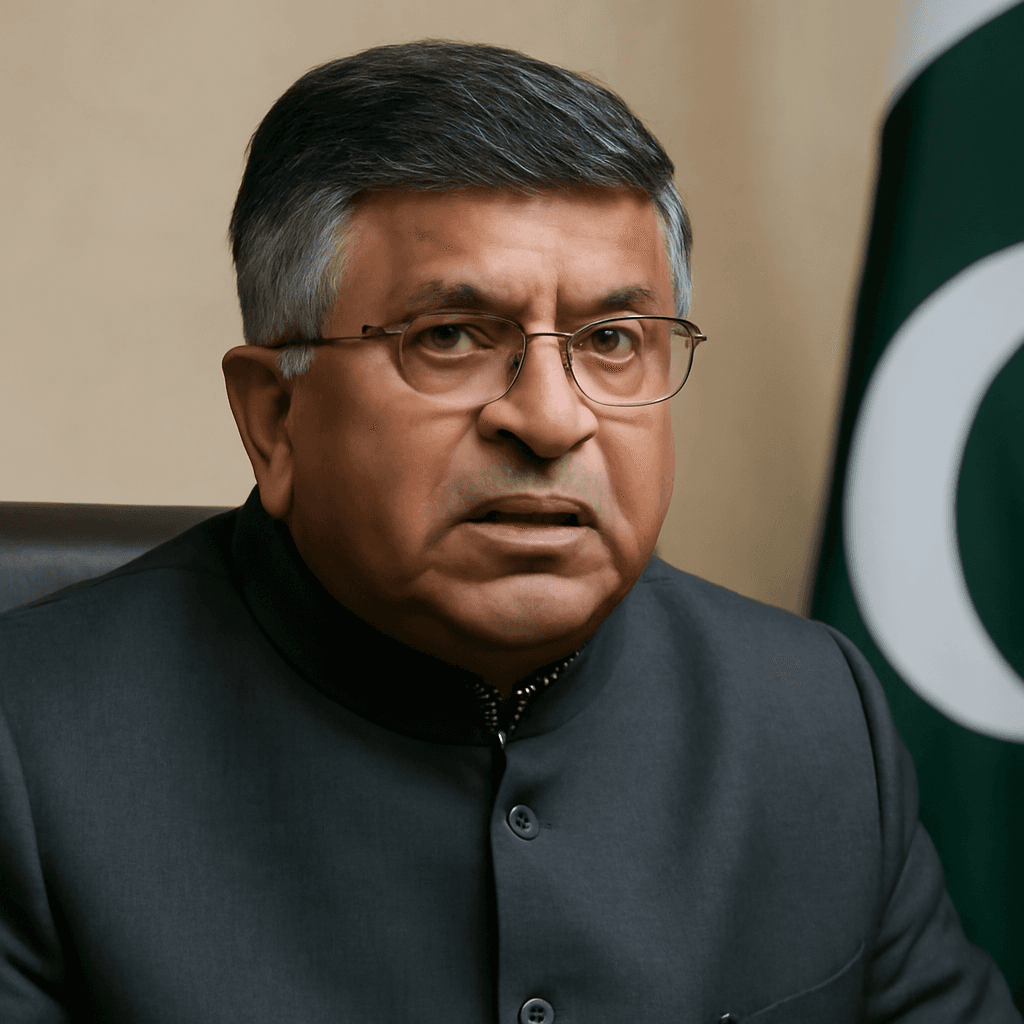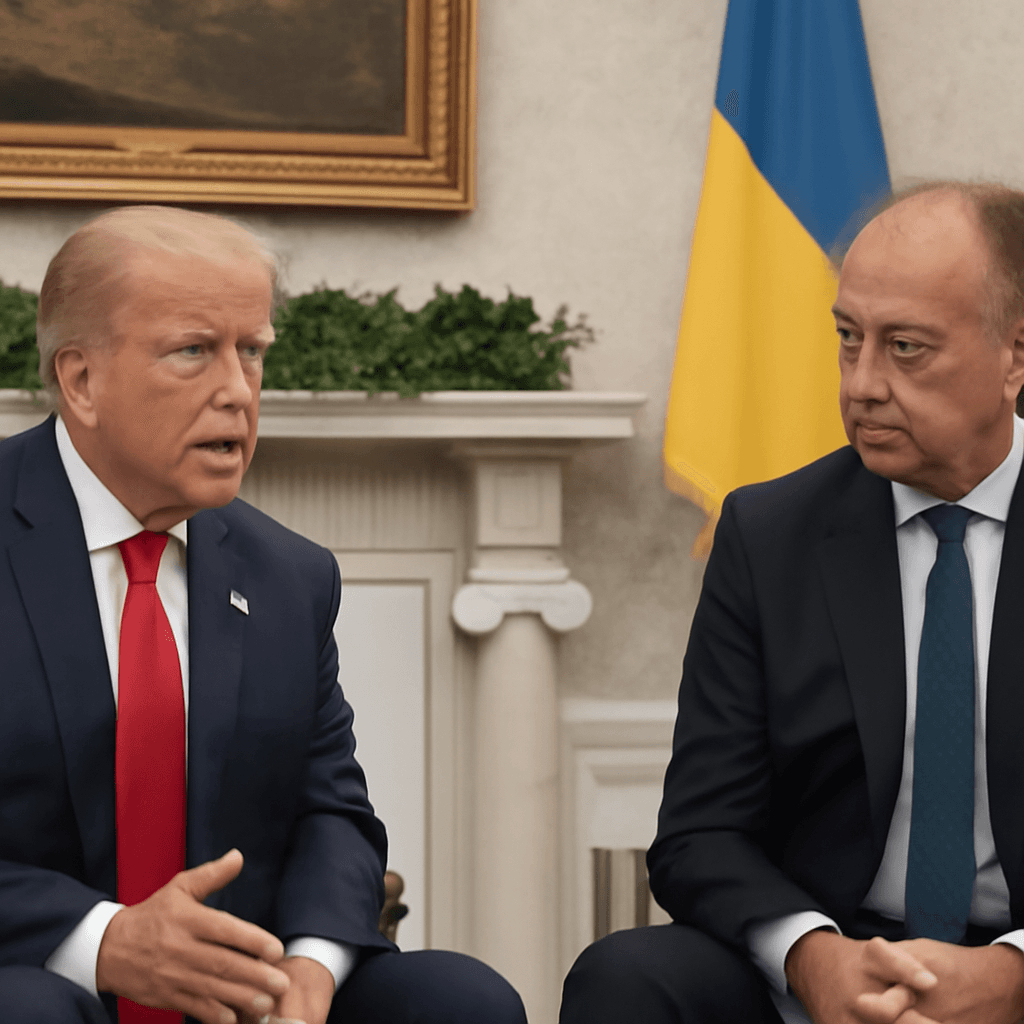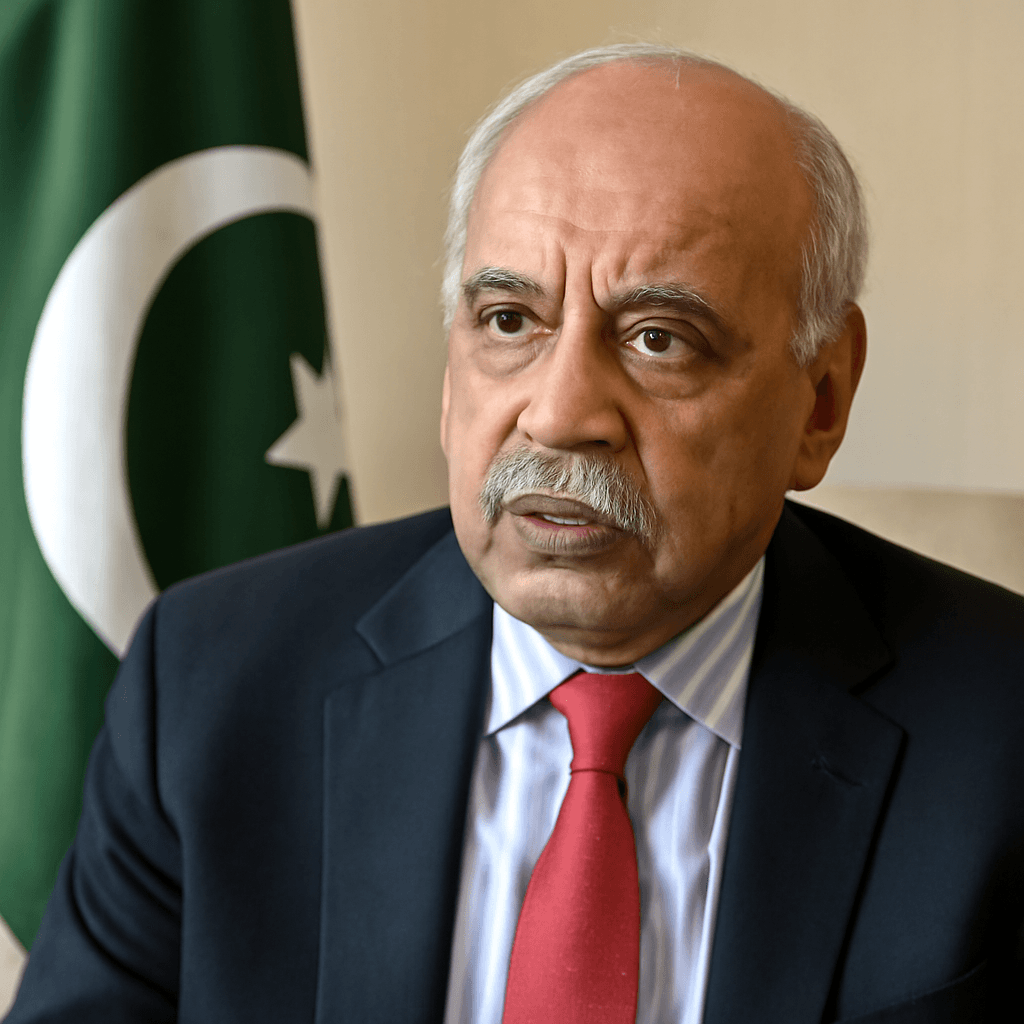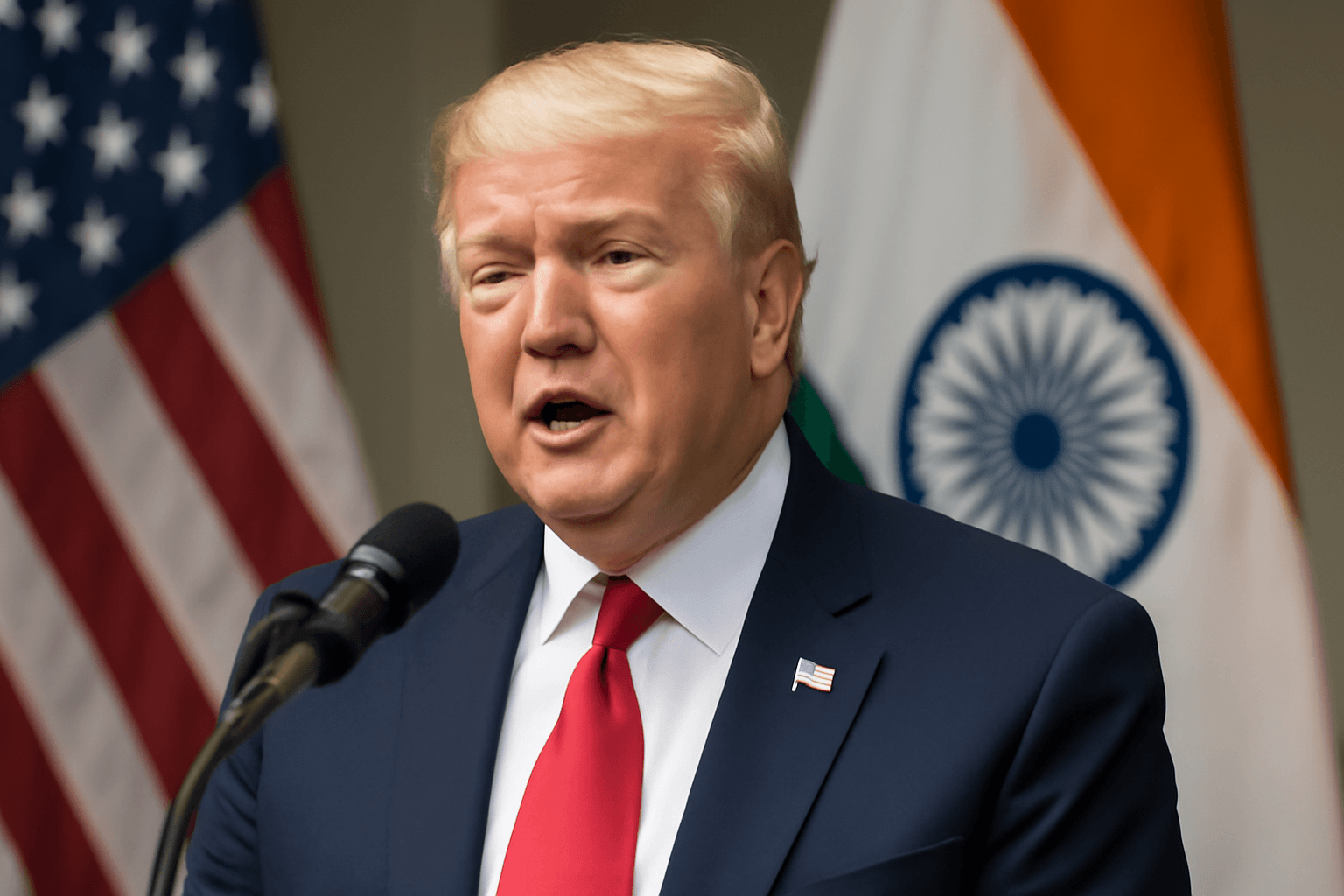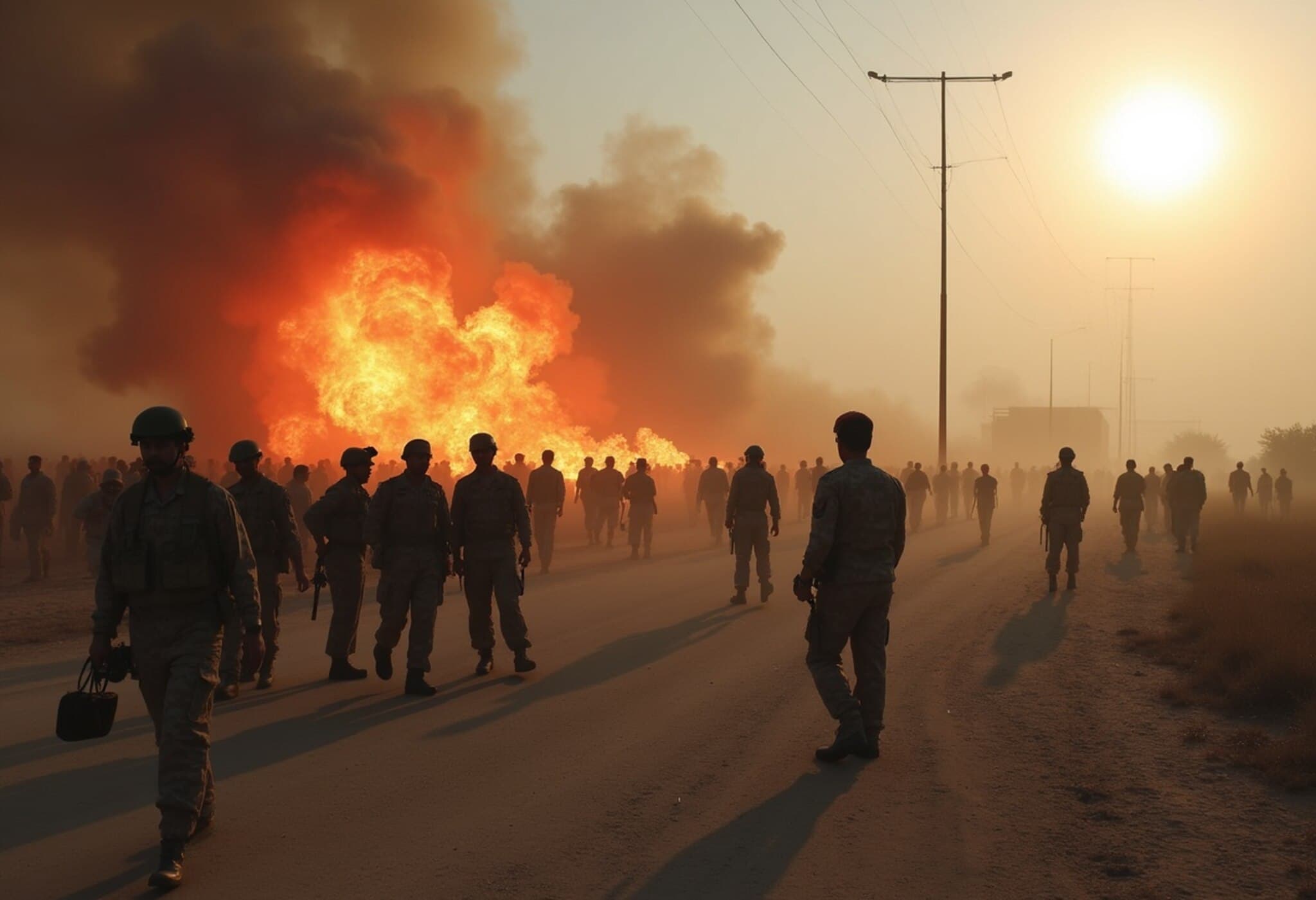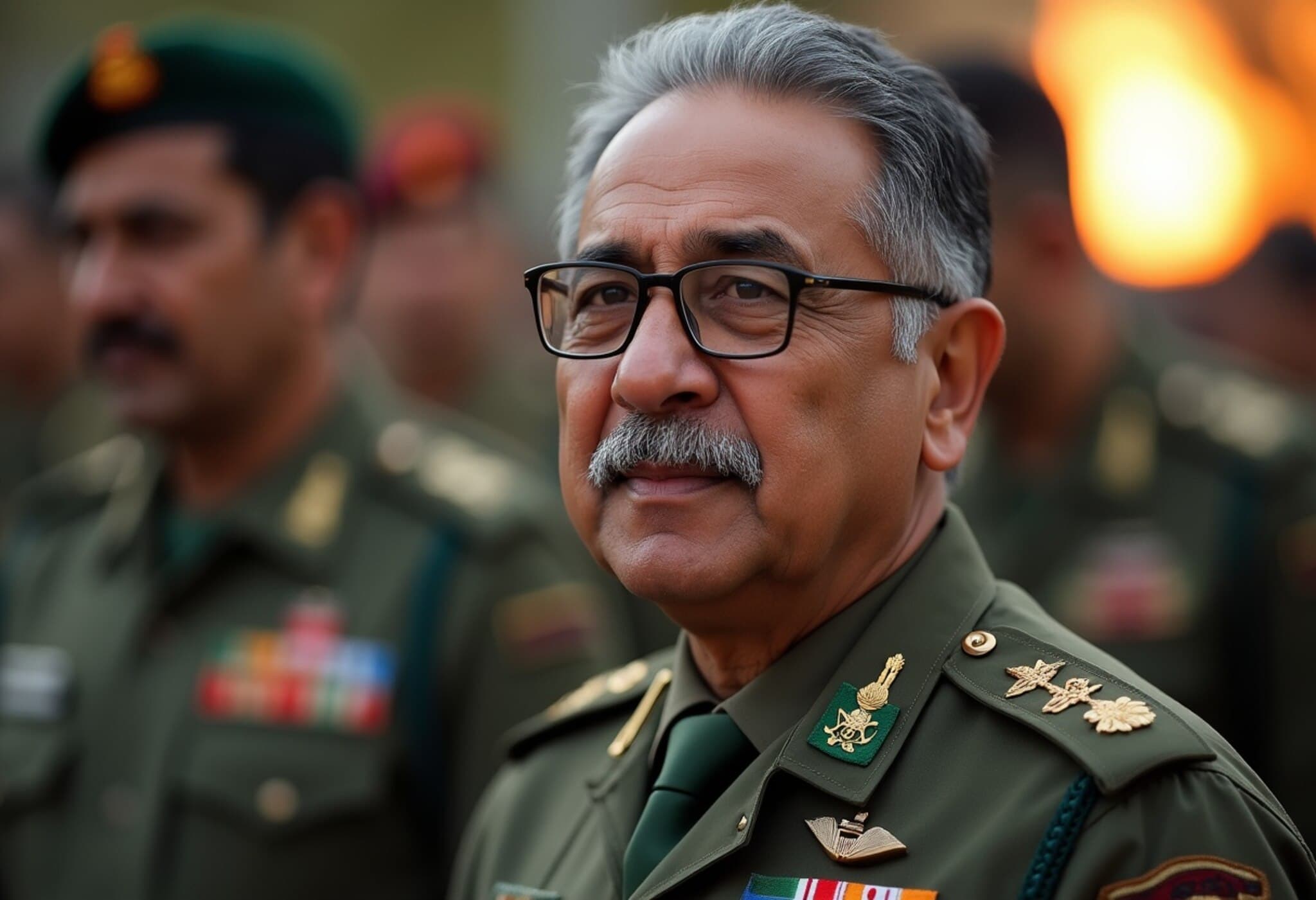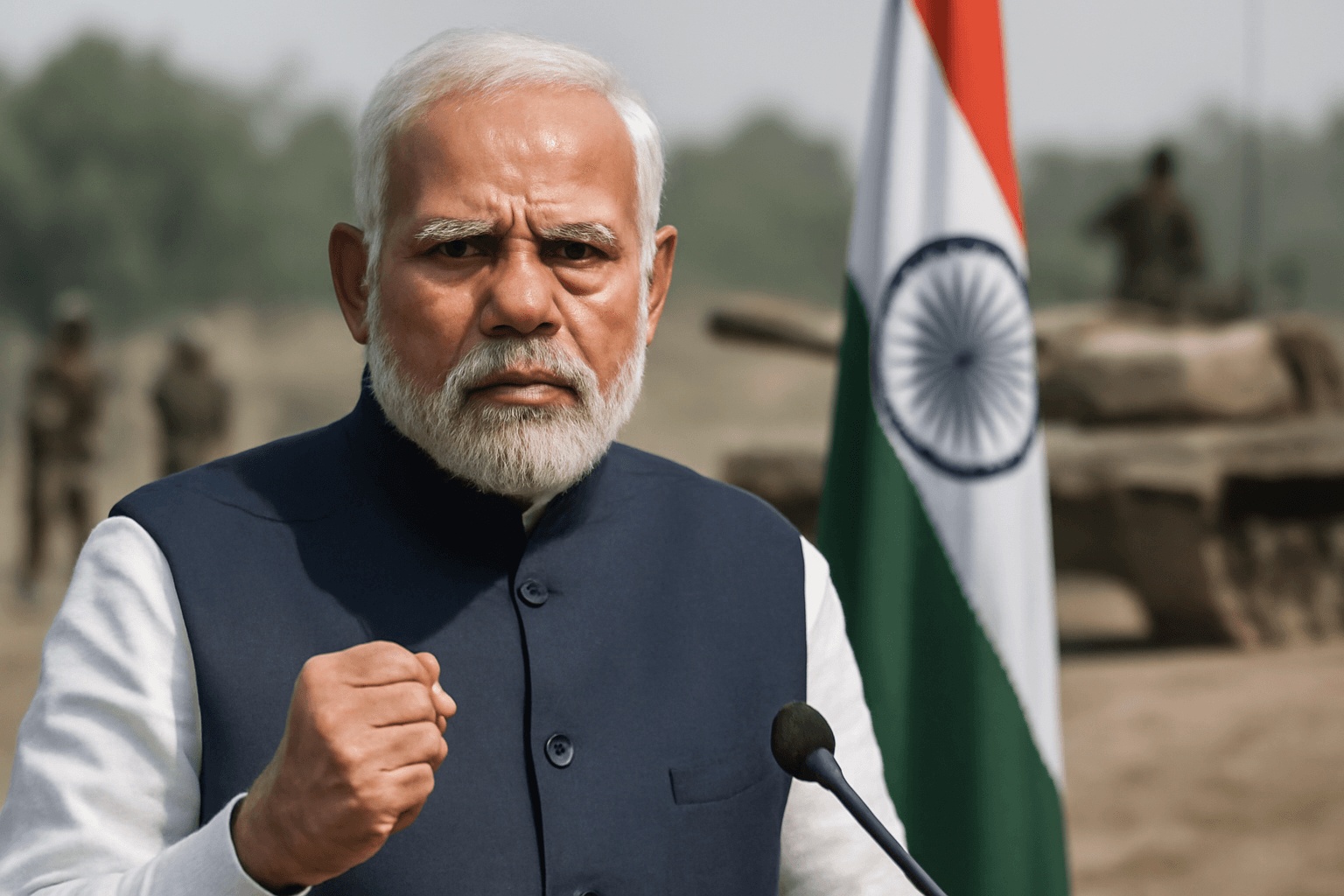Pakistan's Deputy PM Reveals Ceasefire Request Post Indian Airstrikes
In a candid admission, Pakistan's Deputy Prime Minister Ishaq Dar disclosed that Islamabad sought a ceasefire following India's precision strikes on two key Pakistani air bases — Nur Khan in Rawalpindi and Shorkot in Punjab province. These strikes were part of India's response to a deadly terror attack in Pahalgam that had claimed 26 lives.
Operation Sindoor: India’s Retaliation and Its Aftermath
Launched on the night of May 7-8, Operation Sindoor targeted nine terror bases across Pakistan and Pakistan-Occupied Kashmir (PoK). The operation aimed to dismantle the militant infrastructure responsible for the Pahalgam attack, significantly raising tensions between the two nuclear neighbors.
Strikes on Sensitive Military Installations
The Nur Khan air base, strategically located between Pakistan’s military headquarters in Rawalpindi and the political capital Islamabad, is among its most critical military sites. It functions as a hub for air force operations and VIP transport units. Shorkot air base (PAF Base Rafiqui), one of Pakistan's main fighter bases, houses combat aircraft like JF-17 fighter jets, Mirage 5 planes, and helicopters.
According to Mr. Dar, India launched missile strikes around 2:30 a.m., specifically targeting these installations. The attacks inflicted considerable damage, with reports and satellite images revealing destruction of command and control trucks and other infrastructure. Following the strikes, Pakistan urgently engaged international allies, notably the United States and Saudi Arabia, seeking assistance and mediation.
Saudi Arabia’s Diplomatic Intervention
In a remarkable turn, Saudi Prince Faisal personally contacted Deputy PM Dar soon after the attacks. The prince inquired if he was authorized to communicate directly with India’s External Affairs Minister to propose a halt to conflict—a gesture of diplomacy that Mr. Dar promptly endorsed. This communication culminated in an offer to cease hostilities if India agreed to stop further attacks.
US Role and De-escalation Efforts
During this volatile period, US officials maintained discreet contact with both India and Pakistan, urging restraint and the use of established military hotlines to prevent further escalation. The US message to Pakistan was clear: act swiftly to de-escalate tensions.
By May 10 afternoon, a direct dialogue was established between Pakistan’s Director General Military Operations, Major General Kashif Abdullah, and his Indian counterpart, Lieutenant General Rajiv Ghai. Their conversation led to an agreement to cease all offensive military actions on land, sea, and air starting 5 p.m. the same day.
Ceasefire Breach and Aftermath
Despite this accord, Pakistan reportedly violated the ceasefire within hours. Both nations remained on high alert amid continued uncertainties. Satellite imagery from subsequent days showed Pakistan beginning recovery efforts at Nur Khan air base, indicating the severity of damage caused during the strikes.
Impact on Pakistan’s Air Capabilities
Pakistan’s retired Air Marshal Masood Akhtar later confirmed the loss of at least one advanced AWACS (Airborne Warning and Control System) aircraft during these operations. The AWACS provided critical long-range radar surveillance and airspace control and was reportedly destroyed in an Indian missile strike at the Bholari air base in Islamabad.
Conclusion
This series of events underscores the fragile security balance in the region and highlights the complex diplomatic maneuvers behind the scenes aimed at preventing a wider conflict. The Deputy PM’s revelations provide rare insight into the intensity of the confrontation and the international pressure exerted to restore peace.


